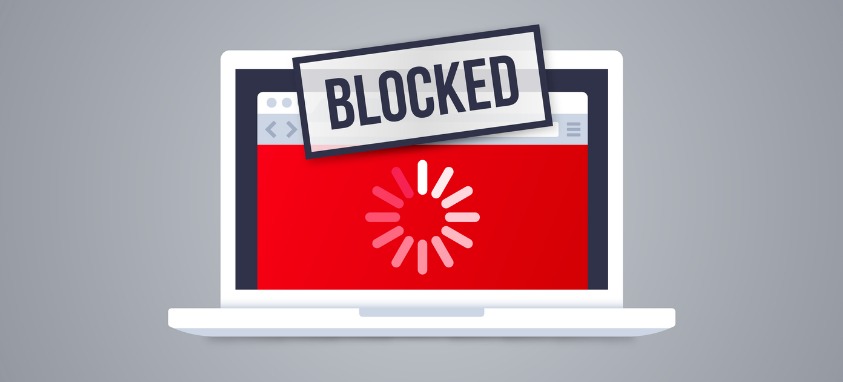A new report from the Federal Communications Commission (FCC) found that the number of providers offering high-speed broadband required for streaming keynotes and virtual meetings could be limited. Industry watchers warned that consolidation combined with changes in net neutrality laws in the FCC’s Restoring Internet Freedom Order that deregulated the internet service provider (ISP) industry could increase costs and reduce options for event professionals in the coming years.
Why Does Net Neutrality Matter to Planners?
Event technology expert Corbin Ball explained that the worst-case scenario is that planners will have to pay to be discoverable or be limited in how they can use the internet. “Anyone who uses a lot of bandwidth could be negatively affected,” he said.
In 2017, the FCC classified ISPs as an “information service” rather than a “common carrier” telecom service, removing them from FCC oversight and essentially repealing the Open Internet rules against blocking or slowing down certain content while prioritizing paid traffic. ISPs still must disclose to customers when they slow down or speed up traffic using “fast lanes” under transparency rules still in place. And the Federal Trade Commission will still monitor ISPs for fraudulent activity.
Electronic Frontier Foundation, a nonprofit that advocates for user privacy, free expression and innovation, responded, “We want the Internet to live up to its promise, fostering innovation, creativity and freedom. We don’t want ISPs acting as gatekeepers, making special deals with a few companies and inhibiting new competition, innovation and expression.”
When Will Meetings Be Affected?
Some 22 states, including California and Washington, along with consumer groups and technology companies, have sued to reinstate Open Internet rules, which officially ended in June. Meanwhile, the FCC is suing states that passed local net neutrality regulations, saying they violate the Commerce Clause. In November, the Supreme Court declined a petition from telecommunication industry groups to take up the issue of the legality the FCC’s ability to regulate the issue. Also in court is a challenge to a proposed merger of AT&T and Time Warner that would consolidate the market further, limiting supplier choice for planners.
FCC’s Communications Marketplace Report issued in November found that while 92 percent of the U.S. population lives in areas with LTE coverage by at least four service providers, actual percentage of U.S. square miles where people can get service could be as low as 30.3 percent. The percentage of the population with access to more than two providers of high-speed internet service (25 Mbps) was estimated at 28 percent of the population.
Ball predicted that the issue may not be decided in 2019 and could depend on who controls the branches of government in 2020. “It will have an effect on planners and is something to watch,” he said.



